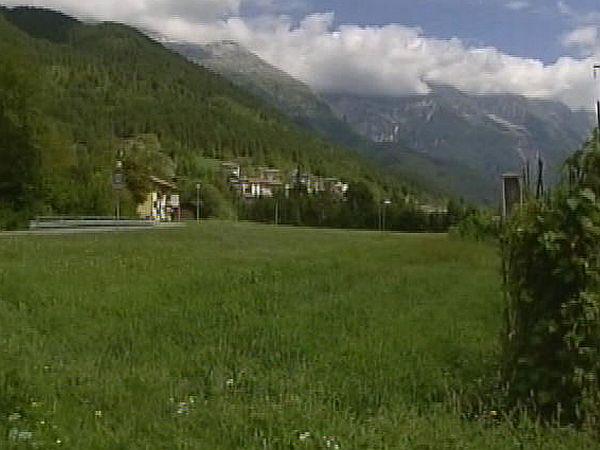
Travelers driving from Tarvisio to Udine in northeastern Italy may notice a sign pointing towards the Resia Valley. If they decide to enter the beautiful but remote and sparsely populated valley, they may see other signs in two languages: Italian, and a language that looks a bit like Slovenian, but with characters such as ć, ë, and w – letters quite alien to the Slovenian language.
This is the Resian dialect of the Slovenian language. Isolated for centuries from other Slovenian-speaking areas by high peaks of the Julian Alps, Resian is a treasure trove for linguists. By analyzing a dialect that developed separately from other Slovenian dialects, and retained such “exotic” features as the aorist tense, researchers can learn more about how the Slovenian language itself has changed over the centuries.
For most Slovenian speakers, the Resian dialect is a mystery. Whenever documentaries about Resian culture are shown on Slovenian television, the dialect is consistently subtitled. Otherwise, it simply wouldn’t be understood by other Slovenian speakers. The alphabet, which is used in publications and on signs throughout the valley, likewise features numerous characters that aren’t found in the Slovenian alphabet, and Romance borrowings abound.
It’s not just the dialect that makes Resia unique. The valley is also known for its traditional dances, and a rich musical heritage with songs that sound vaguely Celtic.
Therefore, it’s perhaps not surprising that Resians are dealing with an identity crisis of sorts. Many of them consider themselves to be Slovenian, but others insist that they are primarily Resian. A few even say they have Russian ancestry. These internal divisions have resulted in tensions between Slovenian and Italian authorities over how the Resians should be officially classified.
Whatever their formal status, the Resians are keeping their ancient and unique identity alive by continuing to preserve the traditions that have been passed down from generation to generation. A cultural center is active in the valley, schoolchildren receive some lessons in the Resian dialect, and residents produce their own newsletters as well as a radio program. That their unique identity has survived, even though the harsh mountain environment has forced many Resians to emigrate around the world over the years, is itself somewhat of a miracle.

































































